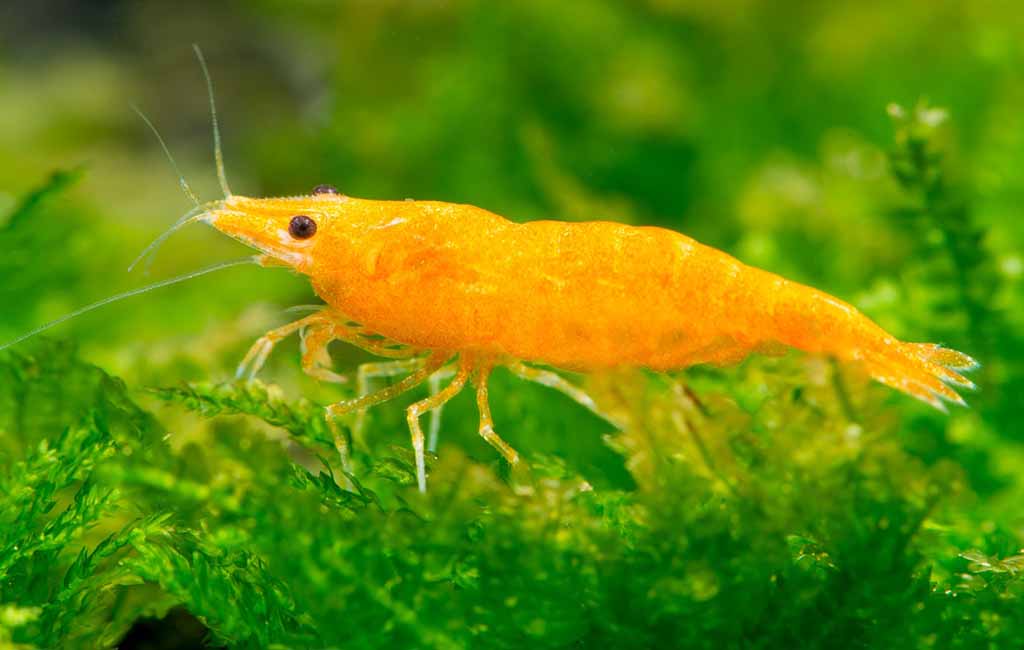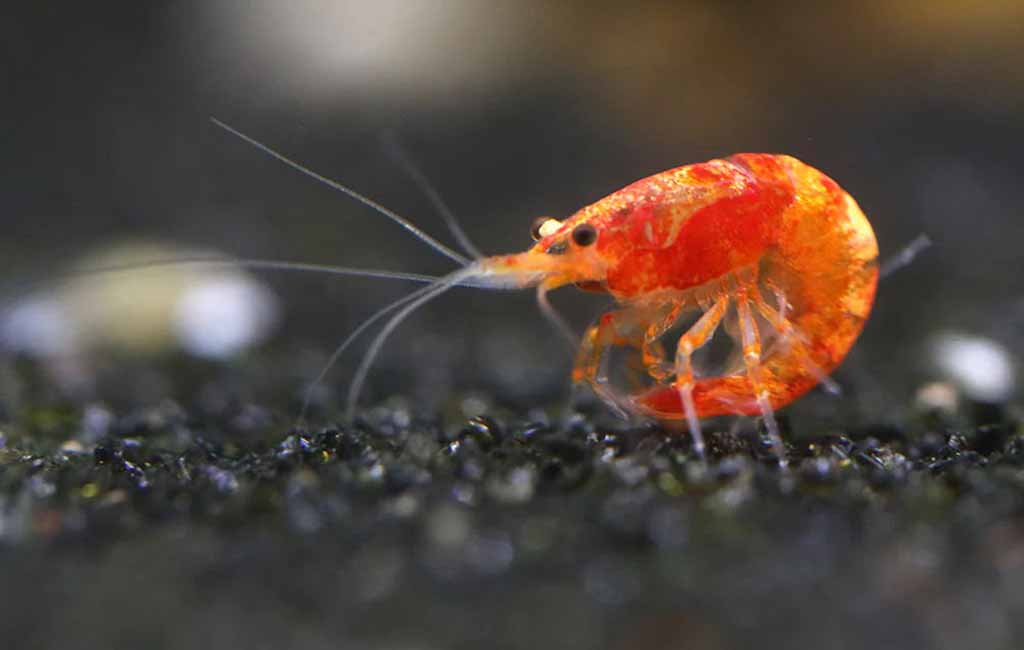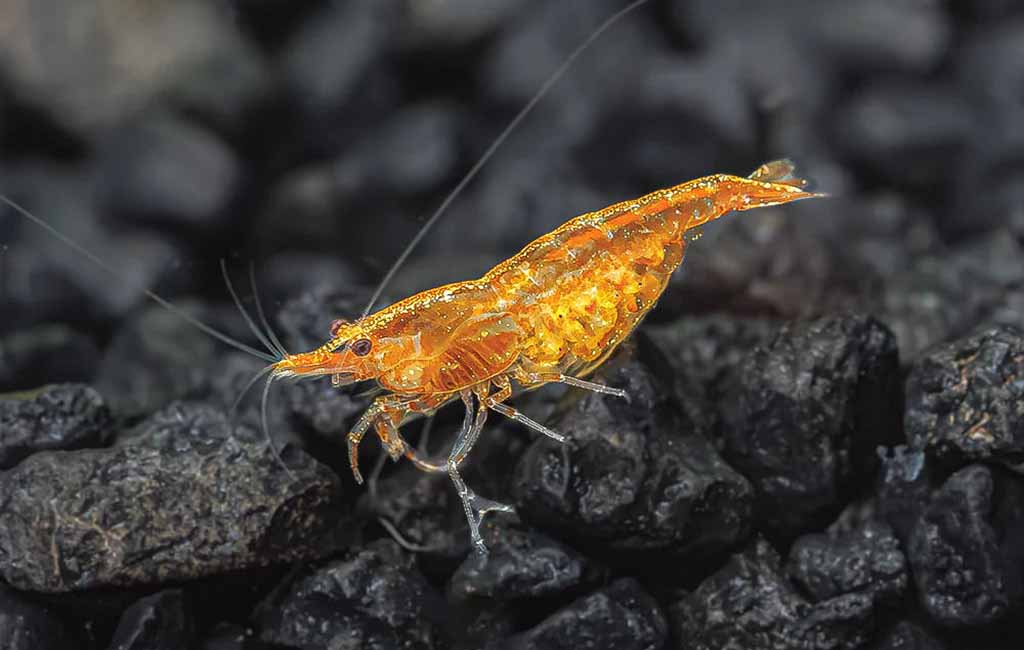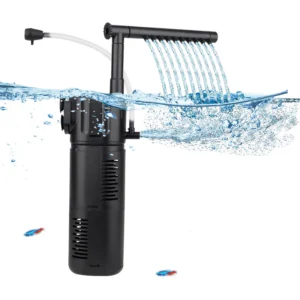In the vibrant world of freshwater aquariums, few creatures stand out quite like the Orange Sunkist Shrimp. With their eye-catching bright orange coloration and peaceful nature, these tiny crustaceans bring both beauty and utility to home tanks. Also known as Neocaridina davidi var. orange, the Sunkist Shrimp is a popular choice for aquarists seeking effective scavengers and algae controllers. In this article, we’ll explore everything you need to know about the Sunkist Shrimp—from its diet and lifespan to ideal tank mates and water parameters.
Content Table

sunkist shrimp
Orange Sunkist Shrimp
What Are Orange Sunkist Shrimp?
The Orange Sunkist Shrimp is a selectively bred variety of the cherry shrimp (Neocaridina davidi), prized for its vibrant orange coloration. The bright hue resembles the color of a ripe Sunkist orange, which gives this shrimp its name. These shrimp are especially popular in freshwater aquariums for their eye-catching appearance and gentle nature.
Physical Features
Sunkist Shrimp typically grow to about 1 to 1.5 inches long. They have a sleek, translucent body that displays a rich orange tone, sometimes with slight variations in brightness. Females are usually larger and more colorful than males, especially when carrying eggs.
Behavior and Temperament
These shrimp are peaceful and non-aggressive, making them excellent residents of community tanks. They are active foragers, constantly exploring the tank floor, decorations, and plant surfaces for food.
Natural and Aquarium Habitat
Though derived from wild East Asian shrimp, Sunkist Shrimp are bred in captivity. In home aquariums, they thrive in well-planted tanks with plenty of hiding spaces like moss, driftwood, or rocks. Their ideal habitat mimics a calm freshwater environment with a steady flow, stable parameters, and minimal predatory threats.
What Do Sunkist Shrimp Eat?
As natural scavengers, Sunkist Shrimp play an essential role in cleaning aquariums. They are omnivorous and primarily feed on biofilm, algae, decaying plant matter, and leftover fish food. This dietary flexibility helps keep the tank clean and balanced.
Feeding should be done in small amounts to prevent overfeeding and water quality issues. Because these shrimp constantly graze throughout the day, it’s more about ensuring they have access to food sources than feeding large quantities at once.
In captivity, their diet can be supplemented with:
- Algae wafers
- Blanched vegetables (such as spinach, zucchini, or cucumber)
- Specialized shrimp pellets
- Fish flakes (in moderation)
- Frozen or live foods like daphnia or brine shrimp

orange sunkist shrimp
How Big Do Sunkist Shrimp Get?
Sunkist Shrimp typically reach an adult size of 1 to 1.5 inches. Their growth rate depends on water quality, diet, and tank conditions. They begin life as tiny juveniles, gradually molting and growing as they mature.
- Juvenile Stage: After hatching, baby shrimp are small and vulnerable. They remain hidden until they grow larger.
- Sub-Adult Stage: As they grow, their color starts to intensify. This stage lasts a few weeks.
- Adult Stage: At full size, the shrimp exhibit their vibrant orange hue and are ready to reproduce.
With proper care, Sunkist Shrimp have a lifespan of 1 to 2 years, though some may live longer in optimal conditions. Regular water changes and a stable environment help maximize their lifespan.
The Roles of Orange Sunkist Shrimp in Aquariums
The Orange Sunkist Shrimp isn’t just a pretty face—they serves several vital roles in a freshwater aquarium:
- Scavenging: These shrimp are nature’s cleanup crew. They consume uneaten food, dead plant matter, and organic debris, helping to maintain water quality.
- Algae Control: Sunkist Shrimp graze on soft algae, making them effective at keeping aquarium glass and decorations clean.
- Ecosystem Support: By feeding on biofilm and breaking down waste, they support the tank’s micro-ecosystem and promote a healthy balance.
- Aesthetic Appeal: Their vibrant coloration adds visual interest, especially in planted tanks or tanks with darker substrates.
Their low maintenance requirements and high utility make them valuable additions to most freshwater setups.

Orange Sunkist shrimp tank mates
Aquarium Water Parameters for Orange Sunkist Shrimp
Maintaining the right water parameters is crucial for the health and longevity of Orange Sunkist Shrimp. While they are hardy, stable, and clean water is essential.
Shrimp are sensitive to sudden changes in water conditions, especially during molting periods. Regular monitoring and gradual acclimation when introducing them to a new tank are essential. Use a sponge filter to provide gentle water flow and prevent shrimp from being sucked into the filter.
Ideal Water Conditions:
- Temperature: 68°F to 78°F (20°C to 25.5°C)
- pH Level: 5 to 7.5
- GH (General Hardness): 4–8 dGH
- KH (Carbonate Hardness): 3–10 dKH
- Ammonia/Nitrites: 0 ppm (toxic to shrimp)
- Nitrates: <20 ppm
Orange Sunkist Shrimp Tank Mates
When considering orange sunkist shrimp tank mates, it’s important to focus on peaceful, non-aggressive species. These shrimp can be preyed upon by larger or more aggressive fish, so tank mate selection is key to their safety.
Compatible Tank Mates
- Small Tetras (e.g., ember or neon tetras)
- Otocinclus catfish
- Snails (nerite, mystery, ramshorn)
- Other shrimp species (e.g., cherry shrimp, blue velvet, or amano shrimp)
- Corydoras catfish
- Guppies (with caution—individual temperament varies)
Avoid These Tank Mates
- Betta fish (can be aggressive)
- Angelfish
- Cichlids
- Larger barbs
- Any predatory or territorial species
For breeding tanks or shrimp-only setups, it’s best to house Sunkist Shrimp with their kind or other dwarf shrimp to reduce stress and promote breeding.
Lasting Impressions
The Orange Sunkist Shrimp is a delightful addition to any freshwater aquarium. With their striking coloration, helpful scavenging behavior, and peaceful disposition, they’re both functional and decorative. Whether you’re a beginner or a seasoned aquarist, adding these shrimp to your setup can elevate your tank’s ecosystem and visual appeal.
From algae control to waste cleanup, Sunkist Shrimp earn their keep in any community tank. Just provide the right water conditions, a safe environment, and compatible orange sunkist shrimp tank mates, and these tiny crustaceans will thrive, brightening your aquarium with every movement.




Leave a comment